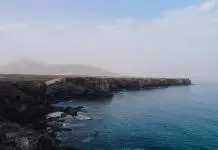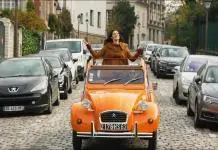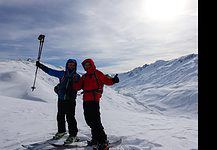Travel to Norway
Norway is the westernmost, northernmost and easternmost country of the three Scandinavian countries. Bordering Finland, Sweden and the northwestern tip of Russia. Norway is most famous for its complex and deep fjords stretching along the west coast.
Norway is all about unspoilt natural beauty. From the deep fjords and glaciers to steep gorges and the wilderness of the Arctic north – one of the few places where the sun shines at midnight during the summer months. The Northern Lights Norway can also be spotted from the northern parts of the country during the long winter nights.
Besides from the natural beauty, you’ll also find some buzzing modern cities in Norway. Further down south is main Norway cities Oslo, Trondheim and Bergen. Oslo is the capital and financial centre of Norway while Bergen is the picturesque gateway to the fjords of Norway. Trondheim is the long-established centre of Christian pilgrimage along with being the centre of technical research, more recently.
Norwegian fjords cruises are among some of the most popular Norway tours or ways to enjoy Norway holidays. Boat trips along Geirangerfjord is one of the prettiest voyages passing pine-topped cliffs, icy green water and cascading waterfalls. It is undoubtedly the most beautiful area of Norway.
Norway is not known as a budget-friendly destination. Like most of its surrounding countries it is an expensive destination to travel to. We hope that you can still travel to Norway!




















